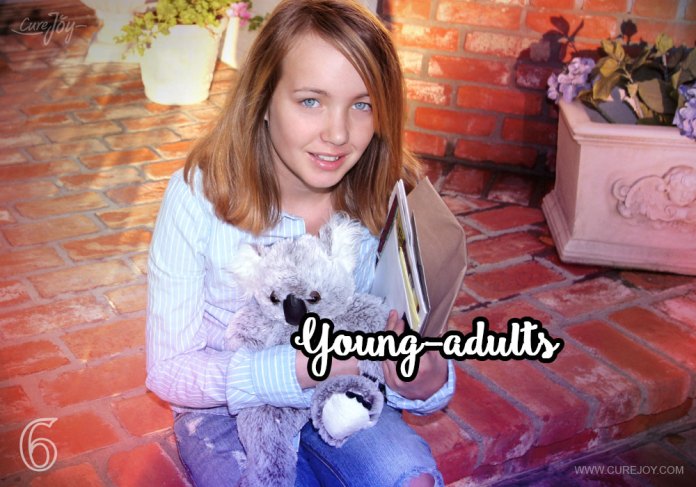Do you remember what your first toy was as a kid?
More often than not, a kid’s first toy is a teddy bear or some stuffed animal. Although adults see stuffed toys as these adorable and furry playthings, kids of almost any age can enjoy stuffed toys and even get attached to their favorite ones for many years to come. Parents may be fighting the urge to tell their kids to grow up, but before you do, check out these emotional, intellectual, and creative advantages of letting your kids own and play with stuffed toys:
1. Young Babies
Although it is not advised for kids below the age of 6 months, it can help babies which are still learning to touch and feel surfaces to understand the world them. Safe stuffed toys without detachable small parts or fur that easily comes off, can greatly benefit babies by entertaining their curiosity, as they feel the toy’s soft fur, try to pull the hard nose and eyes, etc. They may try to chew on those hard parts as well, so make sure it doesn’t get detached and do keep the toy washed, clean, and safe to play with.
2. Toddlers
When kids are around 1 to 3 years old, they are learning about emotions through language and names, so the start to learn which animal their stuffed toys are, such as cat, dog, bear, etc. who also get their own names and become their ever-present companions. And thanks to these quiet companions, kids test their emotions on them and learn to gage their responses. What can seem like a simple hug, punch, bite, kiss, or even throwing them, all indicate the moods and emotional language of that child. This way, they also develop empathy, situational responses, like caring for the stuffed animal if they think it’s sad, sick, needs to sleep, or use the potty. This form of projection onto the stuffed toys helps kids rehearse and habituate what they learn in real life too, including showing concern for someone other than themselves, social challenges, meeting expectations, being observant, as the stuffed toys act as their first ever friends.
3. Preschoolers
Close to the age of 4 to 5, kids of this age start to develop an imagination, a vivid one too. Through this, they judge or see their stuffed animals not just by how they look or the superficial characteristics, but by personality, expression, and may even give it a persona or profession such as astronaut hippo, princess cat, and more. They may also start to converse and share their feelings with these stuffed toys like they were people, seeing them as someone they can vent their bad days with and narrate their daily events to, which may still seem difficult to do with a parent or human being. It helps kids learn to express and be themselves without holding back, and just like real pets, stuffed animals are said to have a calming effect on kids too.
4. School-Going Kids
After the age of 5, children start seeing stuffed toys as a source of entertainment and begin enacting stories or tales, usually basing them on the current activities and people in their daily lives. They may gather all the stuffed toys and give them each a personality or character of a larger story and address them like the audience of a show, as a classroom of people, a bunch of gangsters, and even people in their lives. Moreover, they become extremely attached to these toys, who also tag along when they go around the house, and also sleep in their arms at night. Kids may also start adorning the toys in new clothes, accessories, houses, and even give them an elaborate backstory with a constructive personality.
5. Older Children
Soon enough, kids will see the stuffed animals for their real-life characteristics and want to know more about them, like what kind of bear they have, a honey or grizzly bear? What its natural habitat is, and kids may even want to collect exotic stuffed animals like kiwis, dolphins, koalas, and classify them based on their geography. This applies mostly to animal or nature-loving kids, who will also want to know the sciences of these animals and \what their animalistic nature is.
6. Young-Adults
Reaching puberty, young adults may see stuffed toys as something juvenile or even find it cuter to decorate their rooms with and continue to cuddle at night or cry with when they’re upset over some ‘matters of the heart’. Soon these stuffed toys become emotional motifs to gift to people they care about, or they may even learn to stitch them up to mend a worn side, reminisce about their childhoods by cherishing the good old times, or better yet, feel like donating it to charity, so lesser-privileged kids can enjoy their stuffed toys with their own minds and stories.
Owning a furry toy companion has become so popular, even among adults, that you now see stuff like Build-A-Bear, where you can choose the skin, stuffing, and even get a birth certificate for your very own personalized stuffed toy.
How else do you think stuffed toys help kids and adults?











